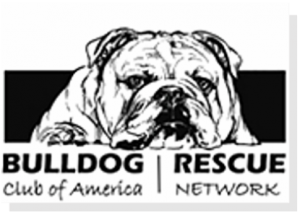Natural and man-made disasters can strike anytime, anywhere. Taking a few minutes now to prepare will save you and your pet hours, days, even weeks of anguish and heartache in the event of a disaster. Here are a few steps you can take to prepare to care for your pets in an emergency:
Place items in a portable container in a convenient location. Your kit should include:
- Enough food and water for each pet for one (1) week.
- Collapsible food and water bowls.
- Sturdy leashes, collars and/or harnesses to prevent escape.
- Vaccination records, medication, current photo of pet(s) and first aid kit.
- Toys, blankets and bedding.
- An information list regarding feeding instructions, medications, veterinarian's name and phone number and YOUR contact information should your pet need to be rescued from your home by someone other than you.
- An information list (location and telephone number) of local hotels, motels that accept pets and a listing of nearby animal shelters.
If it is unsafe for you, it is unsafe for your pet. Once you leave, it may take days before you will be allowed to return home. Pets left behind to fend for themselves can easily become victims of exposure, starvation, predators, contaminated food or water or accidents.
More evacuation shelters are accepting pets, but there are some that will not accept pets, except for service animals. Make arrangements ahead of time to ensure your pet has a safe place to stay. Create a list of "Pet Friendly" hotels and motels outside your immediate area. Be sure to inquire about size and number of animals allowed; of if "No Pet Policies" can be waived under special circumstances. Check with friends and relatives living outside the area to care for your pets until you are allowed to return home. Animal boarding facilities will fill up fast. Have a list of numbers will outside your immediate area on file.
If you live in an area prone to tornados, either have a storm shelter or a safe room in your house. You may have little lead time to get to a safe location. Be sure you have supplies to meet both your needs and those of your pets until you can safely exit the shelter of are rescued. If you do not have a home shelter, know the location of the nearest location that is safe that you can bring your family and pet until the danger passes.
Your pet should always be wearing identification and/or be permanently identified and registered with a registry (i.e., microchip, tattoo, etc.). Make sure the information is current and legible. Do not rely on wifi or internet access to verify your pets microchip. Wifi and cell towers may not be operational during an emergency!
Make arrangements with a friend or neighbor to evacuate your pets and meet at a designated location. Make sure they have your work and cell phone numbers, as well as a phone number for a friend or relative living outside the area.
Start with your local shelter. However, local shelters will be overburdened and may relay on a network of shelters, boarding facilities, and foster families outside your area to care for your pet until you can be reunited. If possible, check the websites of your local shelter.












